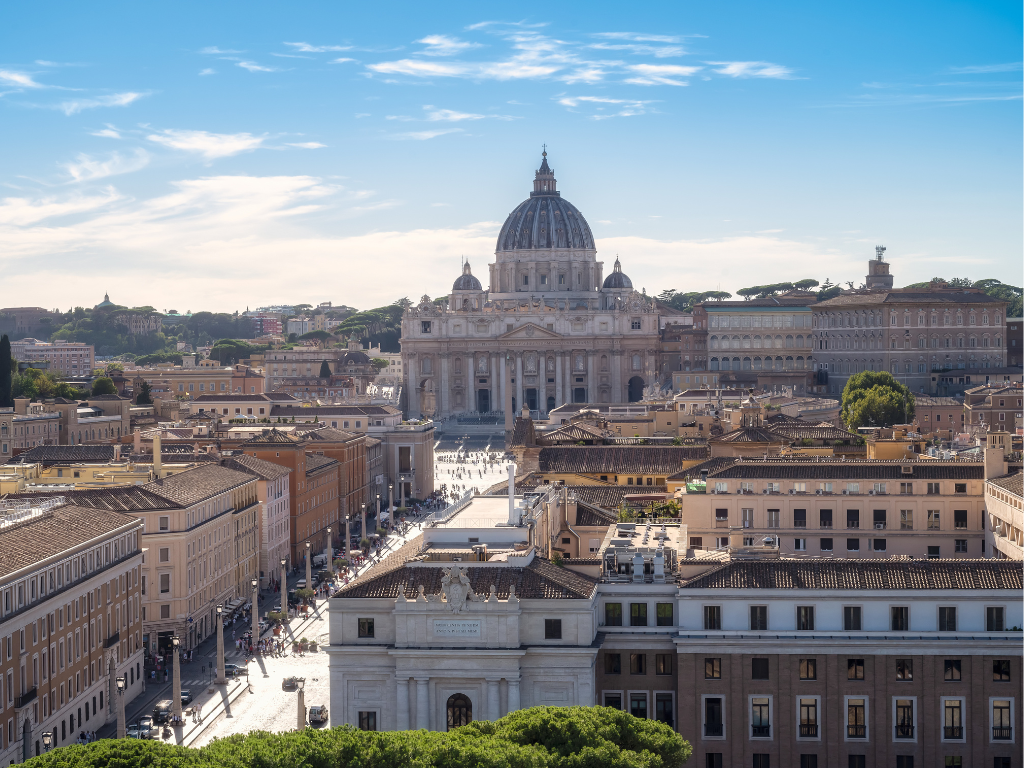With summer in full swing and temperatures expected to reach up to 40 degrees Celsius, the 2025 Jubilee presents an unprecedented public health challenge. Heatwaves will coincide with the arrival of nearly one million young people from all over the world, peaking between August 2 and 3, during the vigil and the grand mass celebrated by Pope Leo XIV. The entire event area, spanning over 160 hectares, offers no natural shade, making effective prevention measures all the more critical.
Emergency Plan by Civil Protection Authorities
To address the risks, Italy’s Civil Protection, in coordination with the Vatican, has launched a special emergency plan. It includes 200 water distribution stations, designated pathways with misting devices, a temporary water network stretching 15 kilometers, and over 9,000 coach parking bays. The site will be monitored by 112 surveillance cameras and staffed by law enforcement and medical personnel to ensure safety and prompt assistance. Despite this extensive planning, personal responsibility remains essential.
Appeal from the Italian Society of Hygiene
The Italian Society of Hygiene, Preventive Medicine and Public Health (SItI) has issued a clear appeal: protect vulnerable individuals and adopt responsible behaviors. Heatwaves, intensified by climate change, pose a serious health threat. The past provides clear warnings—for example, in 2003 over 4,000 heat-related deaths were recorded in Italy alone. In response, the Ministry of Health and the National Institute of Health have implemented the 2025 Heat Plan, which includes daily city-level alerts and rapid response protocols.
Local Health Networks and Active Monitoring
Italy’s prevention system relies on an integrated network involving local health departments, general practitioners, pharmacies, social services, and nonprofit organizations. This network enables targeted interventions for high-risk individuals such as the elderly, people with chronic conditions, or those living alone. At the same time, the Daily Mortality Surveillance System (SiSMG) monitors 55 cities, assigning risk levels from 0 to 3 to guide health system responses in real time.
Practical Advice for Pilgrims Facing the Heat
SItI advises pilgrims to drink water frequently, even when not thirsty, and to avoid alcohol or sugary drinks. It is essential to protect oneself from the sun with hats, sunglasses, and umbrellas, to wear lightweight and light-colored clothing, preferably made of natural fabrics, and to limit physical activity during peak heat hours, between 11 a.m. and 5 p.m. Those walking to the event site—especially from San Giovanni or the nearest train stations—should plan for regular breaks and make use of shaded or cooled rest areas. Daily weather alerts should be checked regularly for updated risk levels.
Shared Responsibility: No One Should Be Left Alone
SItI president Enrico Di Rosa emphasizes the importance of solidarity during critical periods. Many vulnerable individuals, particularly those who live alone, may unknowingly expose themselves to dehydration or heatstroke. That’s why building local support networks, encouraging community involvement, and activating social monitoring systems are key. Prevention is not only the duty of institutions—it is a shared responsibility that, during the Jubilee, becomes a powerful gesture of mutual care among pilgrims, residents, and volunteers.





